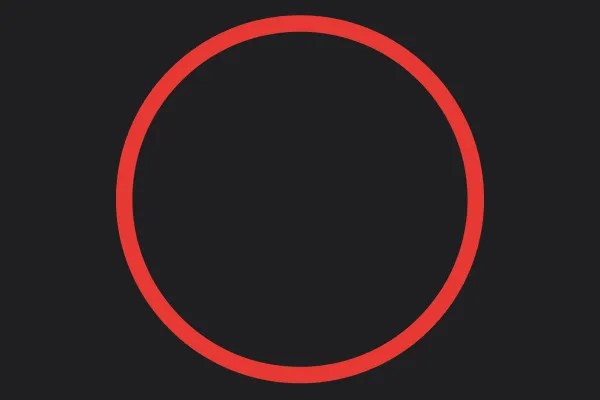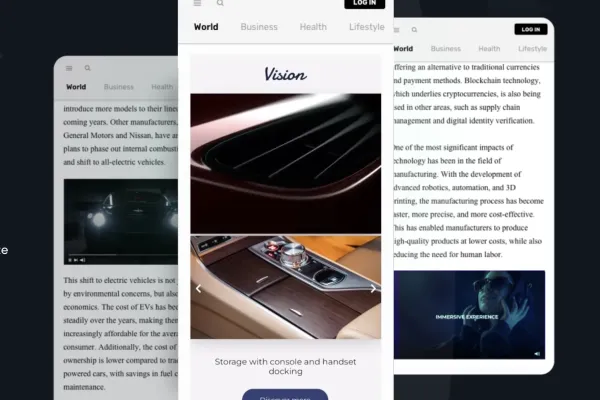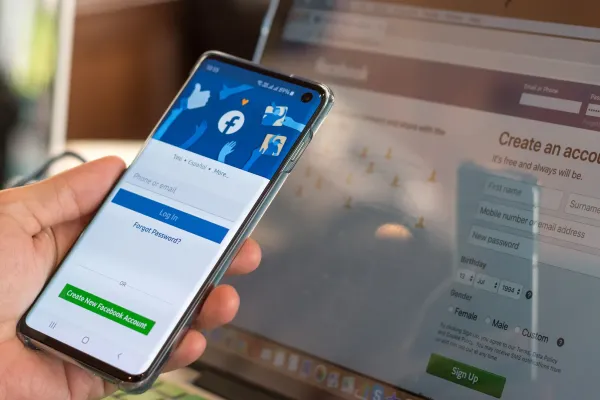Who is Generation Z and why is native advertising a great way to reach them? Here are the answers.
The recent school shooting in Parkland, Florida has demonstrated one thing about Generation Z. They are focused, committed, and will use their voices and numbers to wield power. Their commitment to stricter gun control laws following this incident, in fact, resulted in a new state law in Florida that no one thought would pass.
This generation is one about which we know too little. We have been so focused on millennials and their buying power that we have not yet completed enough research to fully understand Generation Z.
Of course, the other issue is that they span a large age demographic – the oldest is 19; the youngest is 2 – and of course, their interests vary widely.
Gen Z currently comprises one-fourth of the U.S. population and, by 2020, they will represent 40% of all consumers. Understanding them, then, should be a primary concern for marketers – especially digital marketers, because this is “who” Gen Z is too.
READ MORE: What Is Native Advertising?
They know how to learn on their own and will use digital methods to do so
Characteristics of Gen Z
We do have some general facts about Gen Z:
- It is the most diverse, multicultural generation in all of our history
- They are even more open-minded than their elder millennials. They accept any sexual orientation
- They do not see gender in terms of societal, career, etc. roles.
- They are fascinated with the “new,” and many more indicate a goal of entrepreneurship
- They are passionate about their beliefs and principles, and demand action, not just words
- They know how to learn on their own and will use digital methods to do so
- They are committed to making a difference and will take action to do so
They have high expectations for quality of products and services.
Purchasing power of Gen z
The buying power of Gen Z itself is estimated to be about $44 billion.
But here is the other key ingredient: because so many of them still live at home, they also influence about $600 billion of family purchasing. And they have high expectations for quality of products and services.
Gen Z'ers are used to being provided information quickly and in visual forms. There’s a reason why they are drawn to Instagram, Snapchat, and YouTube.
READ MORE: Start doing Native Advertising on TikTok
General marketing tips when advertising to Gen Z
Given the information that we do have about Gen Z, there are some things that marketers should consider right now.
They are digital “natives.”
Gen Z uses as many as five screens, and they expect businesses to provide them a seamless and unified experience across them all.
They don’t want long content
Gen Z’ers are students. They get plenty of long content in their coursework, and they have to craft essays and papers filled with long content. Some are so frustrated with this that they actually will hire a college essay writer rather than take the time to read research and write themselves. To them, these “exercises” are futile and without merit.
RELATED: Native Advertising on Snapchat? Here's How
Attention spans of most digital consumers (of information, products etc.) is about eight seconds. Gen Z'ers are used to being provided information quickly and in visual forms. There’s a reason why they are drawn to Instagram, Snapchat, and YouTube.
Brands must use these platforms and these types of content to reach them. For this reason, native advertising through visual and very short snippets of text on these platforms can be particularly impactful.
This is where programmatic native advertising comes in. Marketers can mimic the types of visual posts that appear on those social media platforms
Influencer marketing in a new way
Baby boomers, Gen X’ers, and even some millennials looked to their heroes as influencers – major sports figures who ate certain brands of cereal or wore certain brands of clothing.
Gen Z’ers are just not into national heroes. They are into their peers as influencers. These micro-influencers are not celebrities in the traditional sense of the word. They are young people who have established their “celebrity” on social media and who are usually focused on a specialty – natural foods, clothing, travel, beauty, physical fitness, etc.
RELATED: How to Leverage Micro-Influencers to Expand Reach and Improve SEO
Micro-influencers engage heavily with their followers, and while Instagram and Vine are their current hubs, SnapChat is up and coming. When brands can connect with micro-influencers in their niche and acquire mentions and/or endorsements, they have a big competitive edge. This is perhaps native advertising in its most natural state.
Realistic and genuine
No hype will be tolerated. And perfect-looking people are not believable. Gen Z’ers want “real” people in any type of advertising. And the more diversity, the better. Ads need to reflect societal realities.
Brands must humanize themselves
Just like millennials, Gen Z’ers want relationships with the brands they patronize. They want to know the people behind those brands.
Videos that provide glimpses of personal lives of business teams, as well as show a diverse team working and playing together, provide that human element.
READ MORE: How To Spot Native Advertising
Brands must prove their social responsibility
Millennials have always insisted on their brands demonstrating social responsibility. Gen Z’ers are “millennials on steroids” in this regard. They will do the research on brands that market to them, and they will pass on to their peers everything they find. Their willingness to connect with their peers is frequent and global.
The task for marketers who need to capture a Gen Z consumer audience is how to create campaigns that will not be “skipped over.”
Why native advertising is the best choice to reach Gen “Z”.
They hate ads; they can’t be bothered with brands that focus only on the products and services they have to sell; they demand diversity, honesty, and open-mindedness; they are mobile consumers, and they refuse to be “sold to.”
The impact of all of this for marketers is stated above. But let’s take a look at the type of marketing they will tolerate.
RELATED: Brands Should Add Native Advertising to Their Digital Marketing Toolset
The task for marketers who need to capture a Gen Z consumer audience is how to create campaigns that will not be “skipped over.” And there is some research on this.
Kantar Millward Brown, an ad agency, conducted a rather deep study into the advertising preferences of three generations – Gen X, Millennials, and Gen Z.
The study included online forums in Germany, China, and the U.S. It tested the impact of 31 ads in 10 countries and it interviewed about 24 thousand consumers in 39 countries. Here are the findings:
- Gen Z is the generation least willing to tolerate any form of online advertising.
- Gen Z prefers video ads on their phones
- Gen Z wants the option to skip ads and uses that option as much as possible
- Gen Z “forgives” native advertising and endorsements from their “influencers.”
- Marketing strategies for Gen Z consumers should avoid invasive ads and instead opt for organic alternatives that seem natural.
Organic searches that result in native ads, with engaging metadata descriptions that utilize their “language,” are important.
What types of native advertising work for Gen Z
Video is an obvious choice, given that 74% of this generation report that they watch more than 30 minutes of video a day, via their mobile devices; 17% state they watch in excess of two hours. In terms of their sources for video, Facebook is certainly not “dead” as many have said.
58% watch videos on Facebook and YouTube; 50% on Snapchat; and 42% on Instagram. And at least 28% state they do click through following a native ad headline if it is captivating enough. But if they do click through, the brand had better be genuinely providing value to them and honouring their priorities.
RELATED: What Types of Native Advertising Exists?
The other obvious choice for native advertising is through searches. Gen Z searches and researches products. Organic searches that result in native ads, with engaging metadata descriptions that utilize their “language,” are important.
Using micro-influencers can be an effective tool. This takes a bit more work. But peer endorsements are powerful for this demographic, especially if they speak to the quality of a product or service. Quality is important to Gen Z.
The key for marketers will be to keep their eyes open and their ears close to the ground, as this generation matures.
There is more to learn
With so many consuming dollars at stake, marketers will be shifting their attention to capturing their share of the Gen Z market. And brands are increasing their native advertising budgets for just this purpose.
The key for marketers will be to keep their eyes open and their ears close to the ground, as this generation matures. It may shift its preferences for social media platforms, as those platforms evolve to meet their demands; segments of this demographic may differentiate themselves into somewhat unique sub-cultures, and that may call for segmentation of marketing too.
Above all else, however, this generation demands that its principle and priorities be honoured. Its diversity, its sense of equality of justice and fairness, its open-mindedness about lifestyles, and its collective demands for action will make this generation a true “force to be reckoned with."
READ MORE: How Much Do Native Ads Cost?




